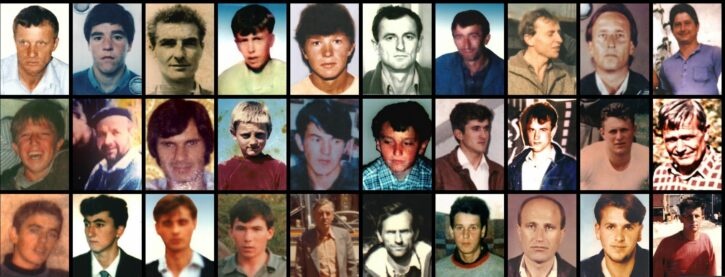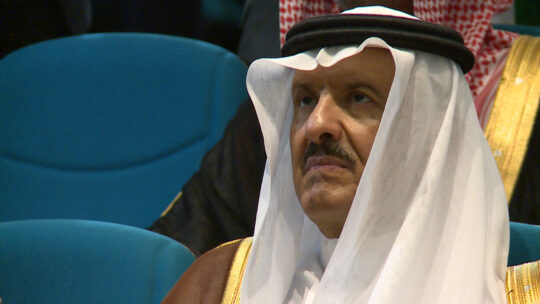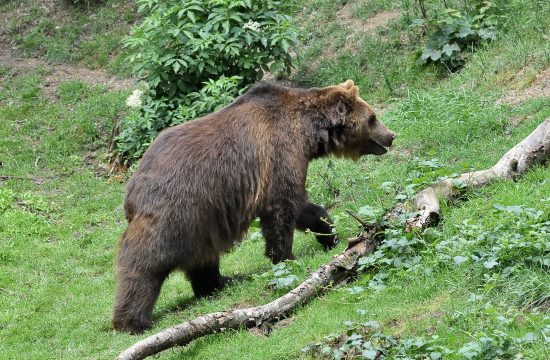
For years, journalist Dzenana Halimovic collected photos of the victims of the 1995 Srebrenica genocide to put faces and dates of birth to their names, so they are never forgotten.
The photos can be found on the Radio Free Europe (RFERL) website.
“When I started collecting photos of the people killed in Srebrenica, the task at first seemed like a clerical one. But then I started to look at the faces,” she wrote for RFERL.
Bosnian Serb forces overran the UN-protected eastern Bosnian enclave on July 11, 1995, without the Dutch soldiers firing a bullet. The Dutch commander had called for NATO airstrikes to help save the town but those never came, leaving the demilitarised population and the weakly armed blue helmets alone to face the much stronger forces of now genocide convict, Ratko Mladic.
Mladic’s forces took control of the town, humiliated the Dutch commander and rounded up the town’s Muslim Bosniaks. They then separated men from women and little children and executed some 8,000 men and boys over three days.
The bodies of the victims were buried in a large number of mass graves in the area.
As every year, thousands gather on July 11 at the Srebrenica genocide memorial in Potocari to pay their respects to the victims. Most of the 6,643 remains now buried there are complete.
To cover the crime, Bosnian Serbs exhumed the bodies from the original mass graves and reburied them at other locations. This was mostly done with bulldozers and the machines tore up the bodies while loading them on trucks. By the time the remains were reburied, the bodies were a simple mix of people’s bones.
Thousands gathered at Thursday’s anniversary to pay their respects and bury 33 newly found victims.
Tahira Tajic’s son, Fikret, was 21 when he was killed.
“I am burying my son, I am burying my dear heart, I am a mother who was deprived of him for so many years,” she said while sobbing.
Tajic also lost her husband in the genocide and the only consolation is the fact that she now has graves she can visit.
“I can come here, pray, ask for patience, my son will lay next to my husband, so his bones will finally rest,” she said.

Ejub Redzovic buried his third uncle here. Previously, he buried three of his brothers.
“All were killed. They were cheated. They were told ‘give up your arms,’ and when they gave them up they were massacred and they couldn’t find their bodies. They only found a part of their remains, but we have to bury that,” he said.

Samir Suljic was looking for his brother for 14 years.
“He was found in 2009, in Lipa near Zvornik, and 10 years later we decided to bury him so that whatever was found can rest in peace, although that’s just a handful of bones,” Suljic explained.
Ferid Sulejmanovic buried nearly his entire family by now.
“It is difficult, a few years ago I buried my father, uncle, his sons. I lost a lot of family members,” he said.





